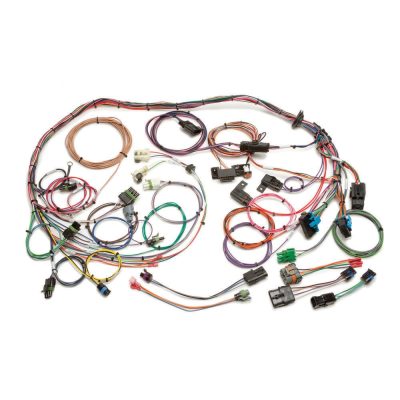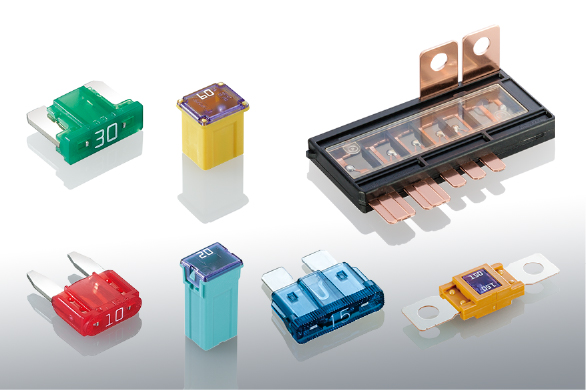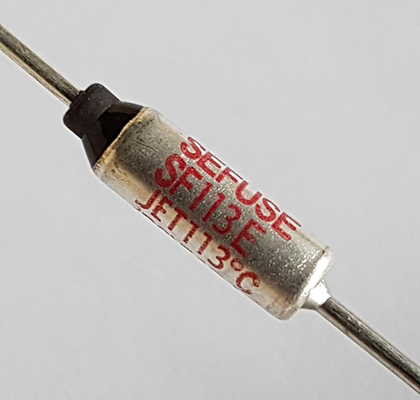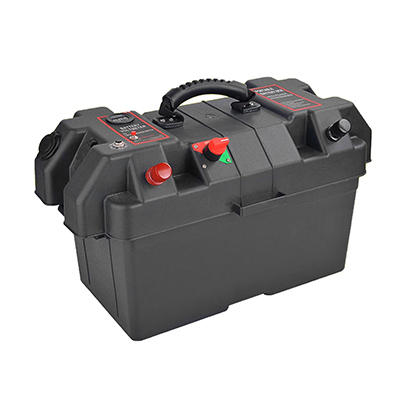Optimizing Electrical Signal Transmission in Automotive Engine Control Systems Using Wire Harnesses
News 2025-10-24
Wire harnesses are critical in automotive engine control systems, serving as organized bundles of wires that ensure efficient and uninterrupted electrical signal transmission. These components connect various sensors, actuators, and the engine control unit (ECU), enabling precise management of engine functions such as fuel injection, ignition timing, and emissions control. By maintaining signal integrity, wire harnesses help prevent issues like engine misfires or reduced performance, which are essential in today’s complex vehicular systems where reliability directly impacts safety and efficiency.

Application Scenarios
Wire harnesses are deployed in diverse automotive contexts, particularly in engine control setups. For instance, they link sensors monitoring engine temperature, pressure, and speed to the ECU, facilitating real-time data processing. In hybrid and electric vehicles, these harnesses integrate components like battery systems and regenerative braking controls, ensuring seamless interaction that supports energy management and reduces environmental impact. Additionally, in high-performance engines, wire harnesses handle connections for advanced diagnostics and adaptive control systems, adapting to varying driving conditions for optimal operation.
Performance Advantages
Wire harnesses deliver superior performance by offering robust protection against environmental factors such as heat, vibration, and moisture, common in engine compartments. Their design minimizes electrical noise and interference, preserving signal accuracy for critical functions like throttle response and emission regulation. Moreover, these harnesses reduce overall system weight and complexity through consolidated wiring, which enhances fuel efficiency and simplifies assembly processes. Custom engineering allows for specific adaptations that boost durability and longevity, making them indispensable for maintaining consistent engine performance under demanding conditions.
Common Questions and Answers
1. What factors influence the choice of wire harnesses in engine control systems?
Answer: Factors include the vehicle’s voltage requirements, environmental exposure, and specific connector types to ensure compatibility and reliability in signal transmission.
2. How do wire harnesses improve safety in automotive applications?
Answer: By securing wires and reducing short circuit risks, they prevent electrical failures that could lead to accidents or component malfunctions during operation.
3. What role do wire harnesses play in modern emission control systems?
Answer: They enable precise sensor data transfer to the ECU, helping regulate fuel mixtures and exhaust systems to meet stringent emission standards effectively.


